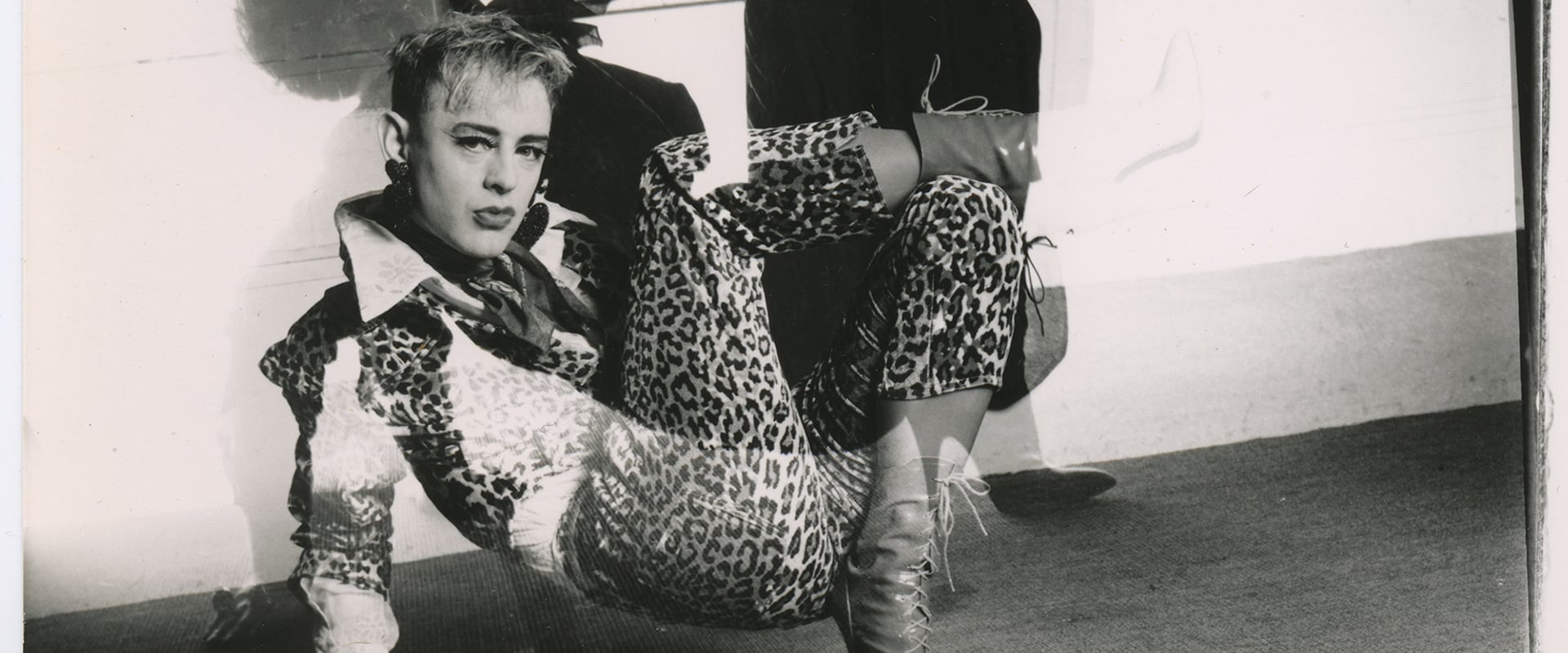Photographer Rafael Fuchs reflects on his early work shooting fashion for the cult nightlife zine that captured the magic and madness of the club scene.

You’re getting blind.
Don’t miss the best of visual arts. Subscribe for $9 per month or $108 $90 per year.
Already suscribed ?



